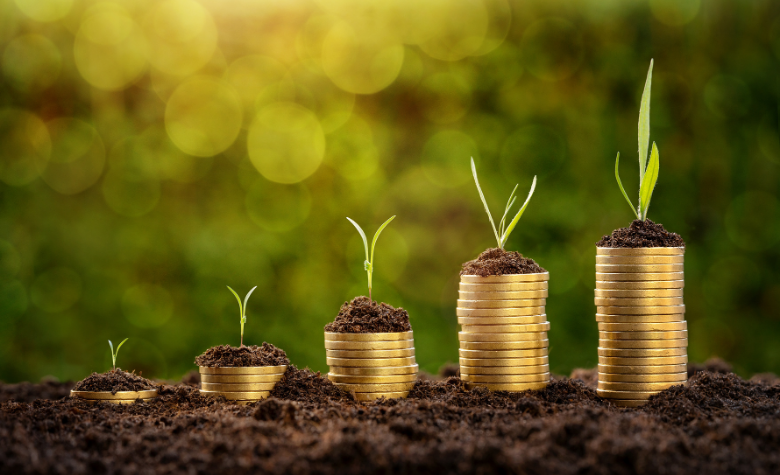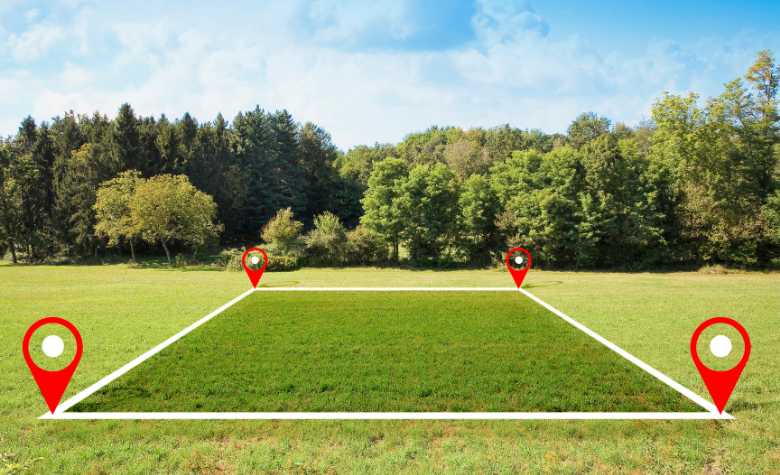
How has the value of agricultural land changed in Eastern European countries, and can Ukraine repeat their success?
Given the dynamic process of Ukraine’s integration with the European Union, an important question arises: will our country be open to the purchase of agricultural land by EU citizens when the time comes?
In this context, I propose we look at the experience of other Eastern European countries that faced similar challenges before and after joining the European Union.
Precedents in Eastern Europe
Poland. Before Poland’s accession to the EU in 2004, the country had strict restrictions on the purchase of agricultural land by foreigners. To protect local agricultural producers, Poland negotiated a 12-year transition period during which EU citizens could not buy land.
After this period ended in 2016, Poland introduced additional measures, including residency requirements and limits on the amount of land that could be purchased. It is worth noting that when the market first opened, the price of Polish land was identical to Ukrainian prices—about $1,500 per hectare. It is now €13,000.
This is the scenario in which the land market in Ukraine was expected to develop. However, opinions among land experts differ. A common view is that as long as land in Ukraine is a means of production rather than an investment tool, as in other European countries, its price may double in the next five years. At the same time, the price dynamics could accelerate significantly after the war ends.
Since the beginning of 2024, when legal entities were granted the right to buy agricultural land, the weighted average price has begun to rise sharply. While the weighted average price was UAH 37,700 per hectare in the fourth quarter of 2023, it rose to UAH 42,000 in the first quarter of 2024, and reached almost UAH 44,000 per hectare by the end of the second quarter.
According to the State GeoCadastre, the average price per hectare exceeded UAH 55,000 in May. Such dynamics may indicate that the value of farmland will continue to grow, and if international experience is adopted, ensuring transparency, the demand and prices for Ukrainian agricultural land could surpass previous scenarios.
Romania. After joining the EU in 2007, Romania introduced a seven-year transition period during which foreigners could not purchase agricultural land. After this period ended in 2014, interest from foreign investors began to grow.
To protect local agricultural producers, Romania limited the size of land plots that could be purchased and introduced residency requirements for buyers. Since then, the value of a hectare of land, which was $350 in 2007, began to rise sharply. A hectare of agricultural land now costs over €8,000.
The Romanian market remains attractive to foreign investors due to relatively low land prices compared to other EU countries.
Bulgaria. After Bulgaria joined the EU in 2007, the country also negotiated a seven-year transition period that restricted the sale of land to foreigners. In 2014, the market opened to EU citizens, but bureaucratic restrictions and residency requirements were introduced to prevent speculation.
Bulgaria gradually integrated with the European Union while protecting local interests, and foreign access to the land market helped attract investment into the sector.
The history of Bulgaria’s land market opening began with a price of €1,000 per hectare. By 2014, the value increased to €3,620, in 2016 to €4,131, in 2019 to €5,382, and today this figure exceeds €7,500 per hectare.
The Baltic States. Lithuania, Latvia, and Estonia also introduced a seven-year transition period after joining the EU in 2004. These countries applied protective measures such as educational requirements for buyers and the right of first refusal for local producers. Estonia was more open to foreign investment compared to Lithuania and Latvia, but all three countries sought to maintain control over the market.
For example, in Estonia, the land reform began with the same preconditions as in Ukraine: privately-owned agricultural lands were transferred to their former owners and collective farm workers.
Subsequently, foreigners were allowed to buy agricultural land provided they used it for its intended purpose for five years, and by 2011, the Estonian land market was operating without any restrictions.
This step helped attract foreign investment and develop agriculture. At the same time, despite this liberal approach, about 60% of the land is leased by local agricultural producers, and only 5% belongs to foreigners.
The opening of the land market in Lithuania came with restrictions on area, special permits, and prices. A legal entity was allowed to buy no more than 2,000 hectares, and for an individual, the total land area could not exceed 500 hectares.
For ten years, foreigners did not have the right to buy land. They were allowed to do so in 2014 with a number of restrictions. The price dynamics for Lithuanian land are as follows: 2014 – €2,330, 2016 – €3,516, 2024 – over €5,000.
Croatia. The country, which joined the EU in 2013, also chose a cautious approach. It introduced a seven-year transition period (2013-2020), during which foreigners were prohibited from buying agricultural land.
After this period, Croatia established limits on the maximum amount of land foreigners could purchase and introduced residency requirements. Despite this, with foreigners gaining access to the Croatian land market, prices per hectare have nearly doubled: from €2,709 in 2013 to over €5,500 in 2022.
What These Trends Mean for Ukraine
In EU countries, given the principles of free movement of capital and non-discrimination, there are generally no restrictions on the ability of citizens or legal entities from other EU countries to acquire land. If Ukraine continues its integration with the EU, it will likely face similar challenges.
The debate over the advisability of granting foreigners the right to purchase agricultural land has been going on for years. Proponents of such a move are convinced that it will ensure a flow of foreign investment into Ukraine, while opponents argue that an unregulated land market will threaten food security.
The experience of Poland, Romania, Bulgaria, and the Baltic States shows that opening the land market to EU citizens is a requirement, but it can be done gradually. The Ukrainian market is currently in its initial stages; in the three years of its operation, only 1% of all agricultural land has been sold.
Accordingly, Ukraine can also negotiate a transition period. Most countries have chosen 7-12 years, during which restrictions on the sale of land to foreigners remain. In addition, the following safeguards can be introduced:
- residency requirements for foreign buyers;
- limits on the amount of land that non-residents can purchase;
- the need for buyers to have agricultural qualifications to ensure they use the land for agricultural purposes;
- administrative permission for the transfer of plots due to military risks.
The ban on land acquisition by foreigners in its current form, for better or worse, has no future in the context of Ukraine’s accession to the European Union.
What Foreign Investment Can Be Expected
Analyzing the market features in the countries mentioned above, one consistent pattern can be traced: foreign investment in agricultural land increased after the end of the transition period, which often raised concerns about the concentration of land in the hands of foreigners.
However, with proper regulations, foreign investors can bring capital and modernization to Ukraine, which will increase the efficiency and productivity of the sector and contribute to a high-quality and effective post-war reconstruction of our country.
Ukraine has many examples to follow regarding the gradual opening of its land market to EU citizens. By studying the experience of Poland, Romania, Bulgaria, the Baltic States, and Croatia, Ukraine can choose a balanced approach that protects the interests of local agricultural producers while simultaneously attracting foreign investment.
Since providing access to foreigners will increase prices, which is what investors who have already put money into land as an investment asset are counting on, a significant market revival is to be expected. Let’s be honest: we do not have many experienced investors ready to invest in risky assets in anticipation of high returns.
This can be seen, in particular, in the investment portfolios of Land Club members, who, since the beginning of the full-scale war, have begun to prefer buying land plots in so-called safe regions.
Legal entities are also not interested in buying frontline assets. Moreover, it is more profitable for holding companies to lease land. Thus, an understanding is forming that foreigners are the players with a strategic vision and finances.
Given the current conditions, a further increase in the value of agricultural land is expected. Investors who believe in Ukraine’s victory and economic recovery are betting on the long term and are counting on significant profits from the rise in land prices.
The next few years will be decisive in determining how the country handles this complex transformation.
Specially for “Ekonomichna Pravda“

